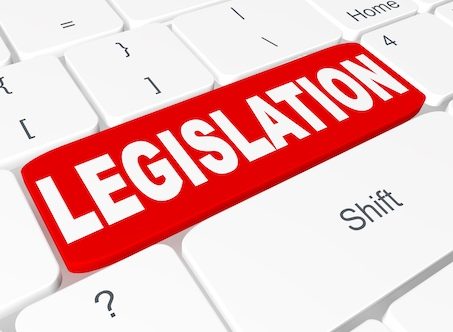The Wait is Over: DOJ and FTC Issue Final Merger Guidelines
On December 18, 2023, the Federal Trade Commission and Department of Justice (the “Agencies”) jointly issued Final Merger Guidelines, following a public comment period on the Proposed Merger Guidelines first issued in July. The Final Merger Guidelines update and replace the 2010 Horizontal Merger Guidelines and the rescinded 2020 Vertical Merger Guidelines. The Final Merger Guidelines kept important components from the Proposed Merger Guidelines (e.g., lower thresholds rendering certain transactions presumptively illegal, focus on cumulative effects of multiple acquisitions, etc.). Among the most significant developments from prior iterations of the merger guidelines are the adoption of a market share threshold in determining when a transaction is presumed to be illegal, expansion of the concept of vertical mergers to include mergers involving “related” products or services, and formal espousal of the current Administration’s focus on the impact of mergers on labor.
What is different from the now-defunct 2010 and 2020 guidelines?
The Final Merger Guidelines presume a deal to be unlawful based on lower thresholds of post‑merger industry concentration than in prior iterations of the guidelines. The new lower thresholds will open many previously unproblematic transactions to scrutiny. The Final Merger Guidelines outline the following thresholds:
- An acquisition that would result in a combined 30% market share and a change in post-merger concentration (“HHI”) of over 100 points is presumptively illegal. No prior versions of the guidelines incorporated a market share threshold.
- An acquisition that would create a post-merger HHI greater than 1,800 points and generate a change in HHI greater than 100 points is presumptively illegal. In contrast, the 2010 HHI threshold for a “highly concentrated market” was 2,500 points.
The Agencies will also examine the potential harm from a series of acquisitions. If a merger is part of a series of multiple acquisitions, the Agencies may examine the entire series of acquisitions as part of an industry trend toward consolidation or as a business strategy.
The Final Merger Guidelines expand the concept of vertical mergers to include mergers involving “related” products or services. Prior iterations of the merger guidelines primarily focused on vertical mergers involving traditional vertical relationships such as a supplier and distributor relationship. Under the Final Merger Guidelines, the Agencies will examine whether a merger can limit access to a rival’s related products or services even if the merger falls outside of a traditional vertical relationship.
The Final Merger Guidelines reflect key enforcement trends in technology and labor markets. The Agencies will closely examine mergers between buyers, including employers, that may reduce competition for workers. Specifically, the Agencies will evaluate a merging firms’ ability to “cut or freeze wages, slow wage growth, exercise increased leverage in negotiations with workers, or generally degrade benefits and working conditions without prompting workers to quit.” The Agencies will also examine mergers involving multi-sided platforms for competition effects between a platform, on a platform, or to displace a platform.
What has changed since the Proposed Merger Guidelines?
The Agencies combined two proposed guidelines related to vertical mergers into Guideline 5, which focuses on deals likely to create a merged firm that can “limit access to products or services that its rivals use to compete.” Under Guideline 5, the Agencies will examine whether the merged firm “will limit rivals’ access, gain or increase access to competitively sensitive information, or deter rivals from investing in the market.” The Agencies eliminated the presumption from the Proposed Guidelines that a vertical merger involving 50% market foreclosure would be unlawful, while still noting that the Agencies will infer a firm with 50% or greater market share has or is approaching monopoly power.
The Agencies also revised Guideline 7 (Guideline 8 in the Proposed Guidelines) concerning industries trending toward consolidation. The proposed guideline considered an industry trend toward concentration as an independent basis for examination of a deal by the Agencies. Under the Final Merger Guidelines, a trend toward consolidation can be an “important factor” in evaluating merger risks but is not a standalone basis for scrutiny.
In response to public comments about the Agencies’ over-reliance on judicial authority to support its theories, the Final Merger Guidelines outline the analytical, economic, and evidentiary tools that the Agencies may use in merger analysis.
What’s next?
The Final Merger Guidelines set out the Agencies’ enforcement approach and reflect recent enforcement practices concerning merger review. Companies seeking merger clearance during the Biden Administration have faced heightened scrutiny and unconventional theories of harm. The Final Merger Guidelines may provide more structure to future investigations. However, the Guidelines are not binding on the courts. Ultimately, courts have the choice to adopt the Agencies’ new framework. The Guidelines’ impact may also extend to the FTC’s proposed expansion of the HSR Act, as the Agencies may decide to rescind some of the proposed rules in light of the new Guidelines.




